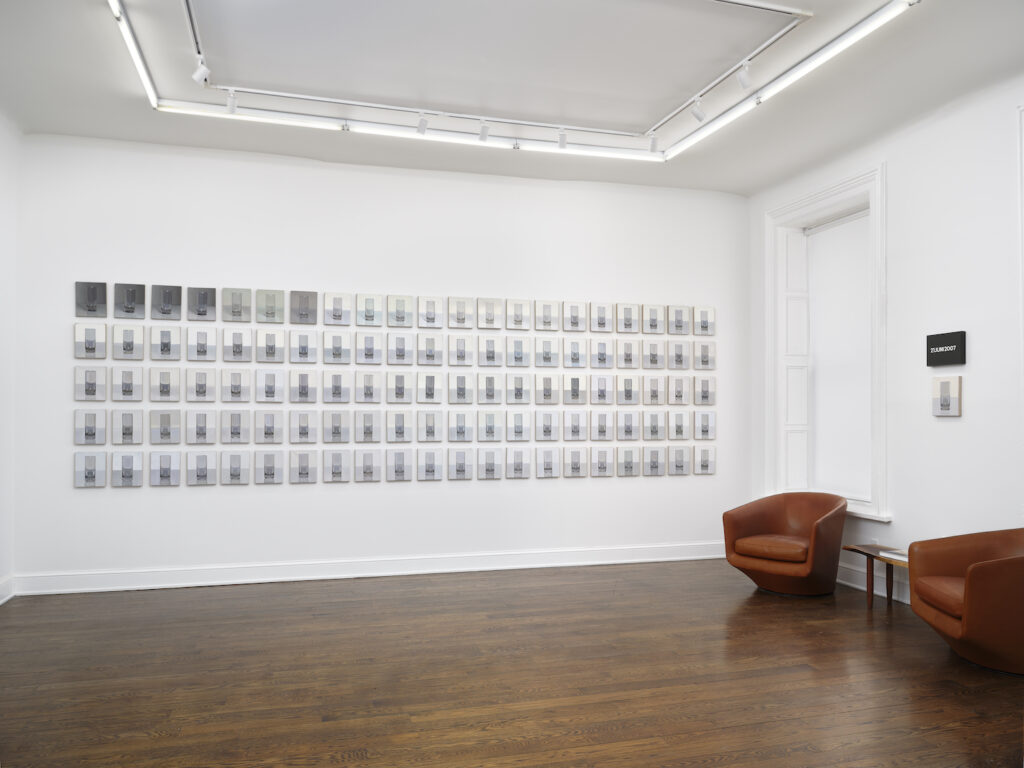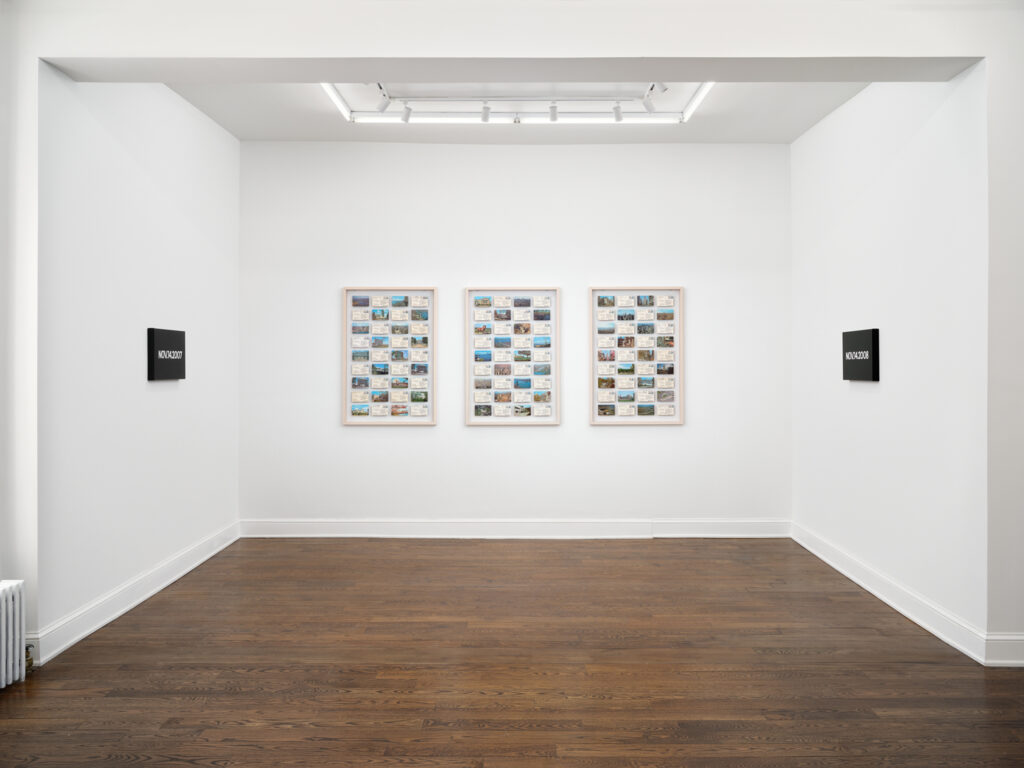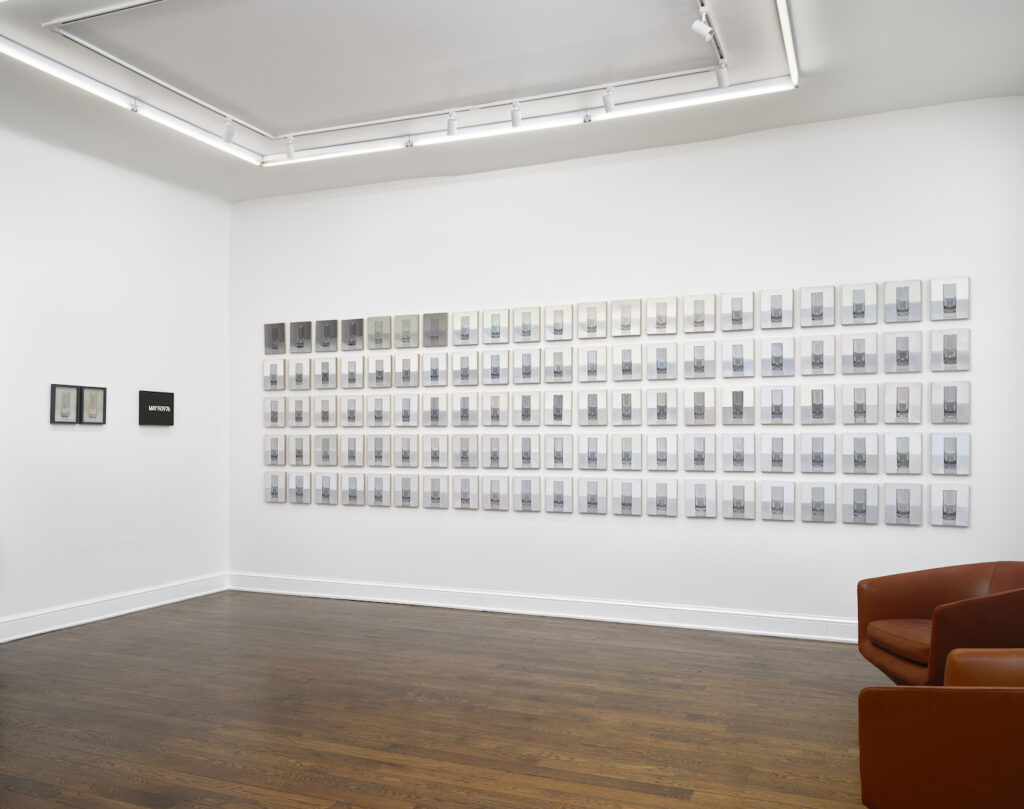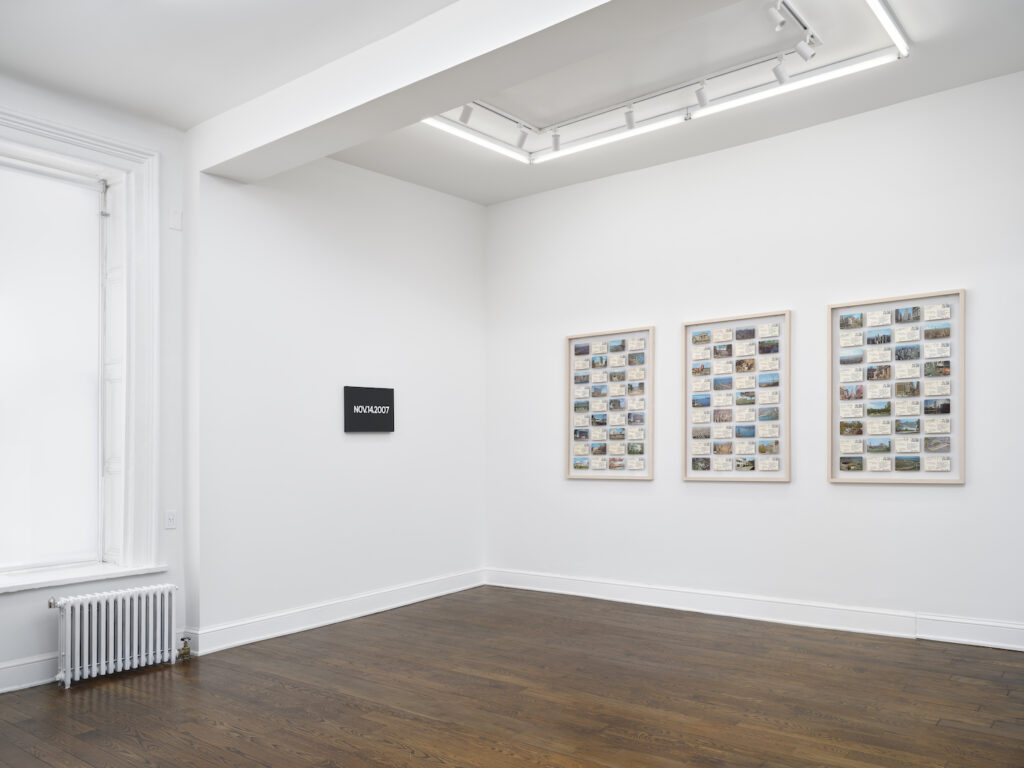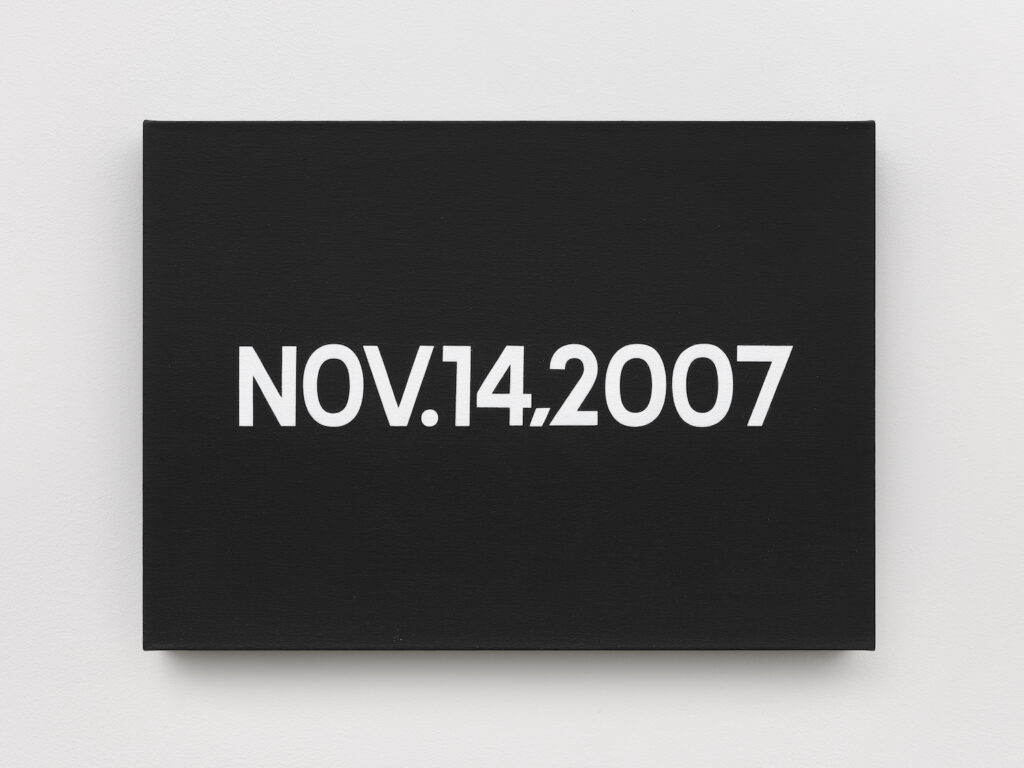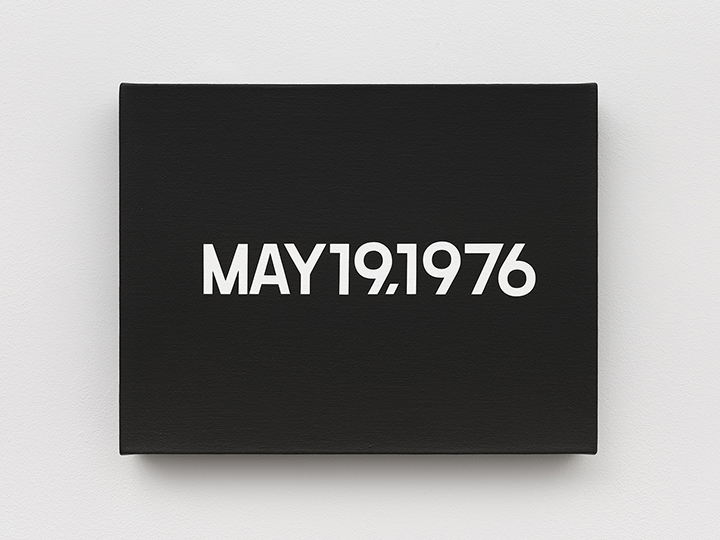Press Release
Day By Day, seems an apt mantra for this moment in time we are in. A year ago, the collective “we” could have never imagined the altered existence that we are currently experiencing in the midst of this pandemic. There is a universality to this moment. All of us, whether we live in Japan or Mexico, Europe or the United States have been profoundly changed by this historic chapter. And yet “historic” seems at odds with the self limiting nature of our experience. We are asked not to travel, not to see friends, not to expand but to contract into our own bubbles. Each day fades into the next, and the banality of our existence envelopes us in diaphanous haze of sameness. Until that moment, when we begin to see distinct changes within our breadth of vision, and we are confronted by the fragility and fleeting singularity of our existence.
Peter Dreher began his series Tag um Tag Guter Tag (Day by Day, Good Day) after painting his first glass in 1972. Dreher continued rendering a single empty water glass repeatedly, by day and by night, and had continued doing so over the course of several decades. The title of the series is linked to a Zen Buddhist maxim that espouses the equanimity of all things and objective perception of the world. Schooled as a figurative painter, the artist remained steadfast to this commitment over the years, painting the same glass, within the same surroundings, from the same angle every day. Dreher’s ruminations on the transience of time was through everyday objects. His use of repetition and seriality, parallel the artist’s fascination with the act of painting itself. Approaching each work in the series as if for the first time, the banality of his subject gives way to its most subtle nuances exposed by the act of repetition. Their similar compositions and neutral palettes draw viewers’ attention to minute differences in them, the slightly different light, the glass sometimes appearing slender and tall, in others, stout, the cues offered in the reflection, a glimmer of the studio’s rear window caught, at times a faint image of the artist looking back. The series includes nearly 5000 iterations of the same glass.
Dreher’s work was often compared to artists such as On Kawara, who contemplated existence by means of paintings of dates, communications that celebrate the act of “Getting Up” and commemorating the passage of time by the written word to a friend. Kawara was an artist who purposefully retreated from the art scene, often avoiding his own exhibition openings, and declining to be interviewed. Through this retreat, he encouraged his public persona to be defined solely through his work. His oevre methodically and meticulously documents the trajectory of his life, without apparent ornament, while his objects project both anonymity and an intense intimacy at the same time. Kawara was another artist that continuously worked on series of works over the extent of his career. The painting series Today, for instance, lasted almost 50 years, producing almost 3,000 individual works. A stark painting of a date holds hidden gifts. Each one is accompanied by a newspaper clipping of a story from the day. Here, the public persona of the work is stark and matter of fact, a statement, sometimes of great importance, while the “hidden” memento personalizes it.
IN the continuous piece I GOT UP Kawara sent two different friends or colleagues a picture postcard, each stamped with the exact time he arose that day , and the addresses of both sender and recipient. The length of each correspondence ranged from a single card to hundreds sent consecutively over a period of months; the gesture’s repetitive nature is contrasted by the artist’s nomadic wanderings and exceedingly irregular hours (in 1973 alone he sent postcards from twenty-eight cities).
Concentrating on ideas, process and repetition, Kawara’s work was always situated firmly within the realm of Conceptual Art. The meditative methodology, repetitive yet revelatory, however, links his work to his background in Buddhist and Shinto philosophy. Focusing on the minutiae of daily existence, Kawara’s work turns our attention to the most basic elements of our experience of the world: our location on the planet, and our passage through time.
Peter Dreher (b. 1932, Mannheim, Germany) studied at the State Academy of Fine Arts at Karlsruhe from 1950 to 1956, and was Professor of Painting at the State Academy, Karlsruhe, from 1968 to 1997. During his professorship, he taught and influenced a number of acclaimed artists, including Anselm Kiefer. Solo exhibitions of his work have been presented at institutions internationally including Milton Keynes Museum, Great Britain (2013); Landesvertretung Baden-Würtemberg, Berlin (2012); Musée d’art moderne et contemporain, Geneva, (2011), Museum Erfurt, Germany (2008); Athens Biennial (2007) and Staatliche Kunsthalle (Baden-Baden) (1977). The artist lives and works in Wittnau, Germany.
On Kawara started exhibiting in Tokyo in the early 1950s. His works have been included in numerous conceptual art surveys from Information show at The Museum of Modern Art, New York in 1970 to 1965-1975: Reconsidering the Object of Art at the Museum of Contemporary Art, Los Angeles in 1995. Early solo shows include On Kawara, 1973 – Produktion eines Jahres/One Year’s Production at the Kunsthalle Bern and the Palais des Beaux-Arts, Brussels in 1974; On Kawara: continuity/discontinuity 1963-1979, first on view at the Moderna Museet in Stockholm in 1980 and traveled to the Museum Folkwang, Essen, Germany, Van Abbemuseum, Eindhoven, The Netherlands, and the National Museum of Art, Osaka; On Kawara: Date paintings in 89 Cities, toured from 1991 to 1993 to the Museum Boijmans Van Beuningen, Rotterdam to Deichtorhallen Hamburg, Museum of Fine Arts, Boston, and the San Francisco Museum of Modern Art; On Kawara: Whole and Parts 1964-1995, from 1996 to 1998 at the Nouveau Musée/Institut d’art contemporain, Villeurbanne, France, Castello di Rivoli, Turin, Museu d’Art Contemporani de Barcelona, Musée d’Art Moderne, Villeneuve d’Ascq, France, and the Museum of Contemporary Art, Tokyo; and On Kawara: Horizontality/Verticality at the Städtischen Galerie im Lenbachhaus und Kunstbau München, Munich and Museum Ludwig, Cologne in 2000 to 2001.
